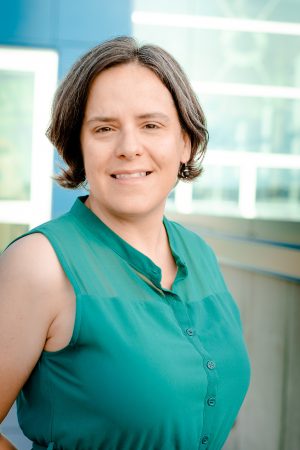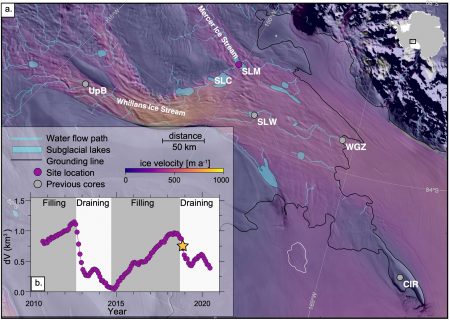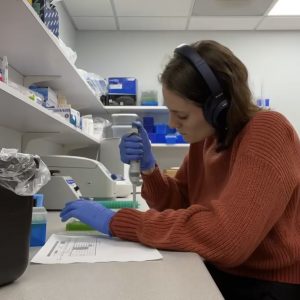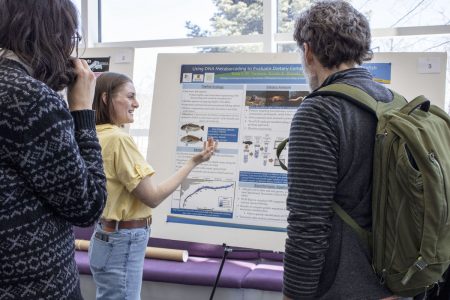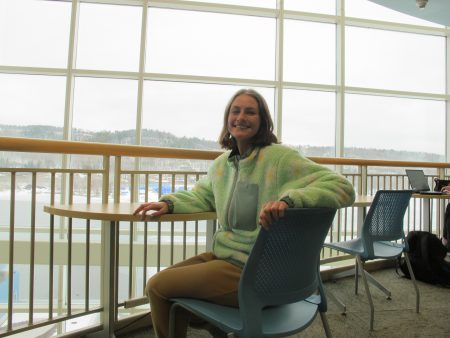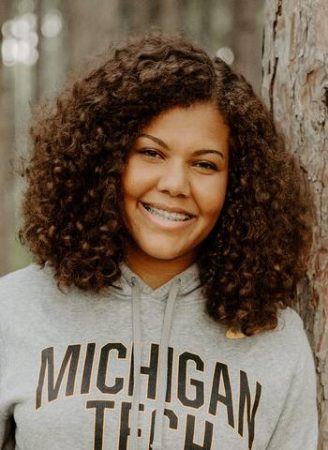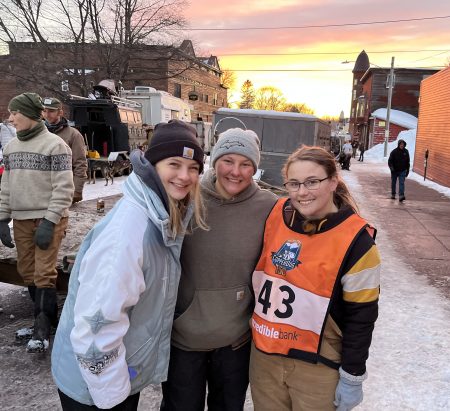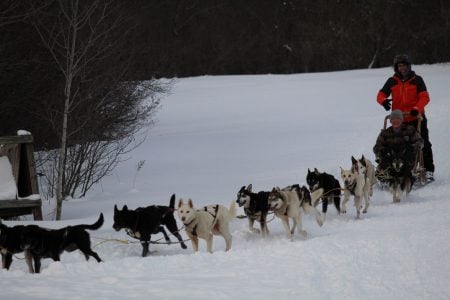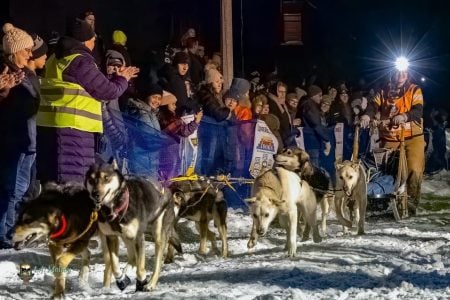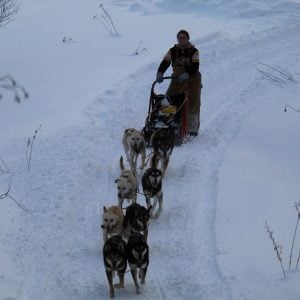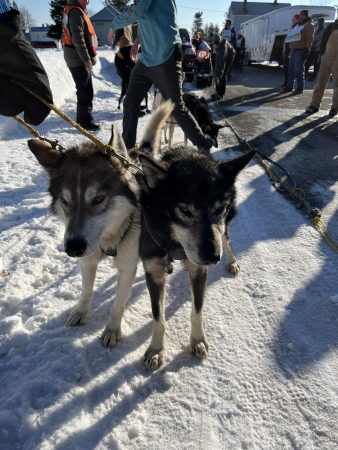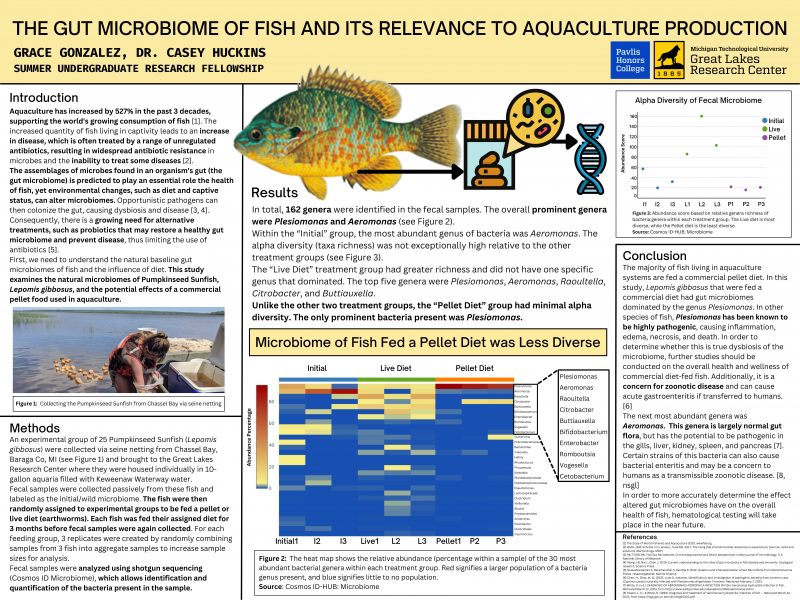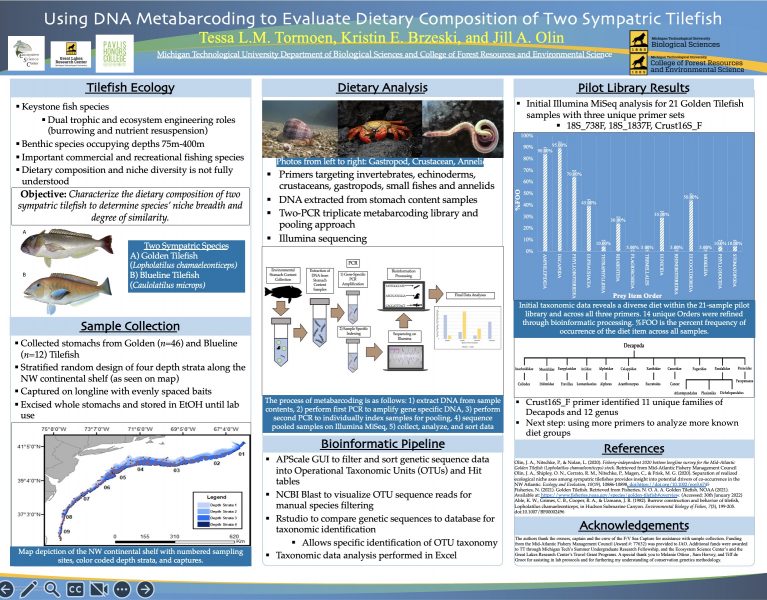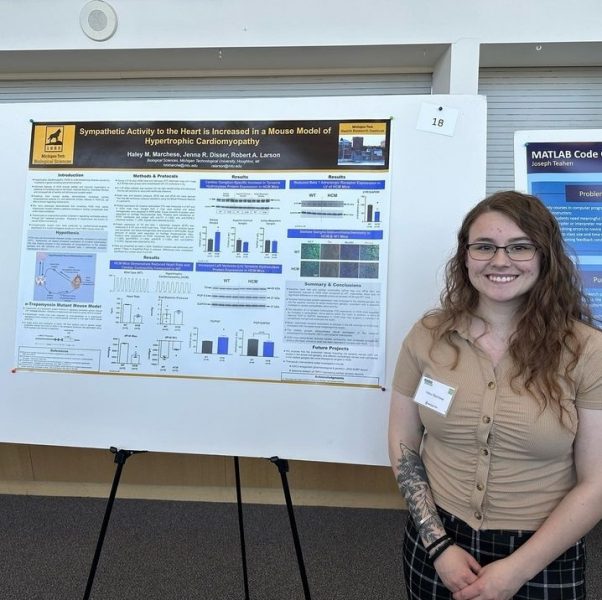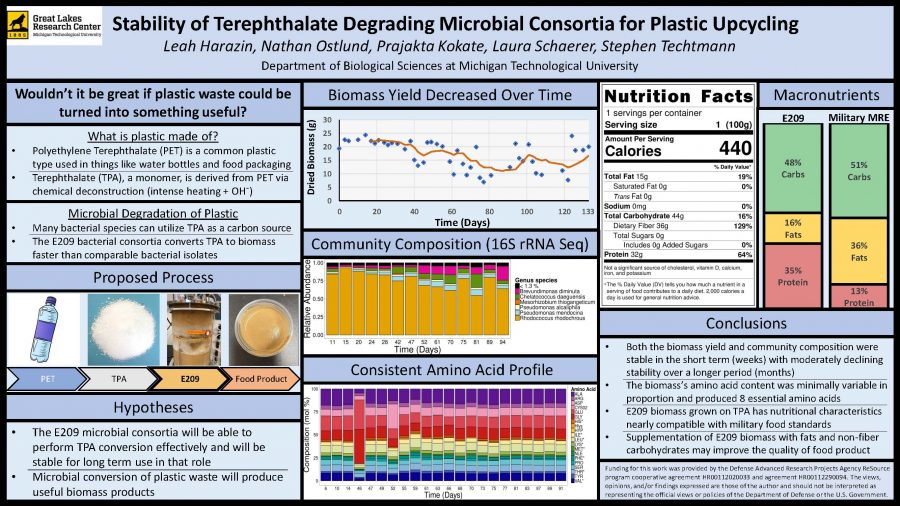Matthew Songer (Biological Sciences ’79) and Laura Songer (Biological Sciences ’80) have generously donated funds to the College of Sciences and Arts (CSA). This will be used to support a research project competition, the Songer Research Award for Human Health, for undergraduate and graduate students. Remembering their own eagerness to engage in research during their undergraduate years, the Songers established these awards to stimulate and encourage opportunities for original research by current Michigan Tech students. This is the sixth year of the competition.
Students may propose an innovative medically-oriented research project in any area of human health. The best projects will demonstrate the potential to have a broad impact on improving human life. This research will be pursued in consultation with faculty members within the College of Sciences and Arts. The Songers’ gift will support one award for undergraduate research ($4,000) and a second award for graduate research ($6,000). Matching funds from the College will allow two additional awards.
What are you studying and why?
I am currently pursuing a Ph.D. in Biological Sciences with a specialization in Cancer Biology. My decision to focus on Cancer Biology stems from a profound passion and unwavering interest in cancer research. I strongly believe that advancing scientific knowledge in this field is crucial for improving human health and making a significant impact on society.
Having witnessed the devastating effects of cancer firsthand, I was deeply motivated to dedicate my career to understanding and combating this disease. The global impact of cancer and the challenges it presents have only intensified my determination to make a meaningful difference in the lives of those affected. Being part of the scientific community and working towards finding solutions to this global health concern is both a privilege and a responsibility that I take to heart.
Are you getting the award to continue your research?
I am truly honored to be selected as the recipient of the 2023 Songer Research Award for Human Health in the amount of $6,000. This prestigious award will support my research that aims to understand the mechanisms associated with the loss of Liver Kinase B1 (LKB1) function in Non-Small Cell Lung Cancer (NSCLC). Specifically, I aim to examine the effect of LKB1 loss in sensitizing NSCLC cell lines to Phosphodiesterases 3A (PDE3A) modulators and its role in tumorigenesis. Through these investigations, I hope to uncover valuable insights that will aid in proposing novel biomarker candidates for the treatment of patients with LKB1-deficient cancers. Ultimately, this study will help to contribute to the advancement of personalized and effective therapeutic approaches.
What does the Songer Award mean to you?
This prestigious award holds immense significance for me as it validates the importance of my research and also provides the necessary resources to further contribute to this vital field of study.
I would like to extend my sincere appreciation to Matthew Songer and Laura Songer for their generous donation and their commitment to supporting groundbreaking research in human health. The confidence and trust that has been placed in me through this award inspires me to push the boundaries of scientific exploration and strive for excellence in my work.
I would also like to express my gratitude to the esteemed panel of judges and reviewers who evaluated the applications. Their time, expertise, and dedication are greatly appreciated.
Lastly, I am indebted to my mentor, colleagues, research team, and the entire Biological Sciences Department for their guidance, encouragement, and invaluable contributions. Their support has been instrumental in the progress I have made thus far. I look forward to their continued collaboration as I continue with my research journey.


